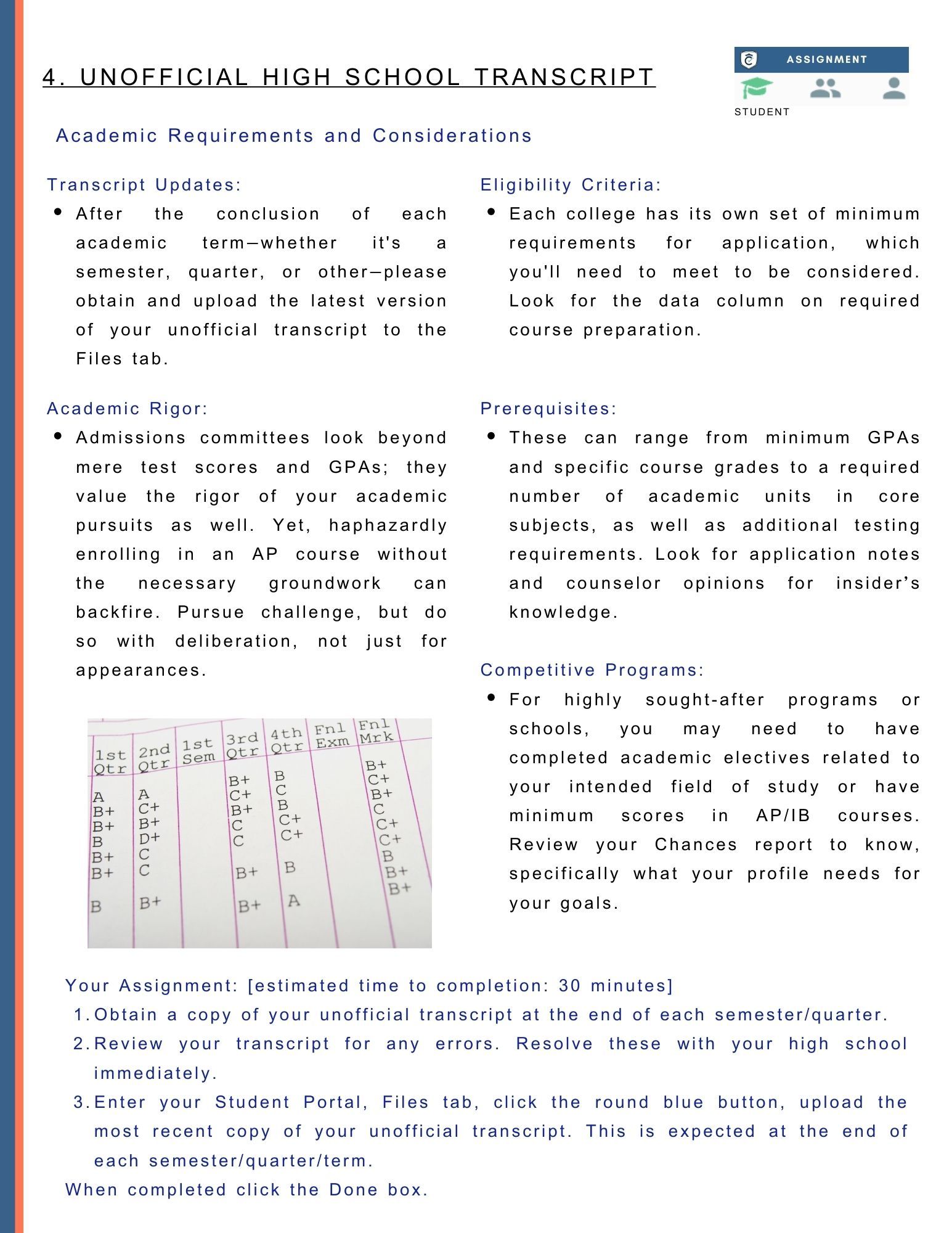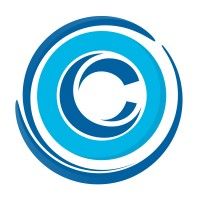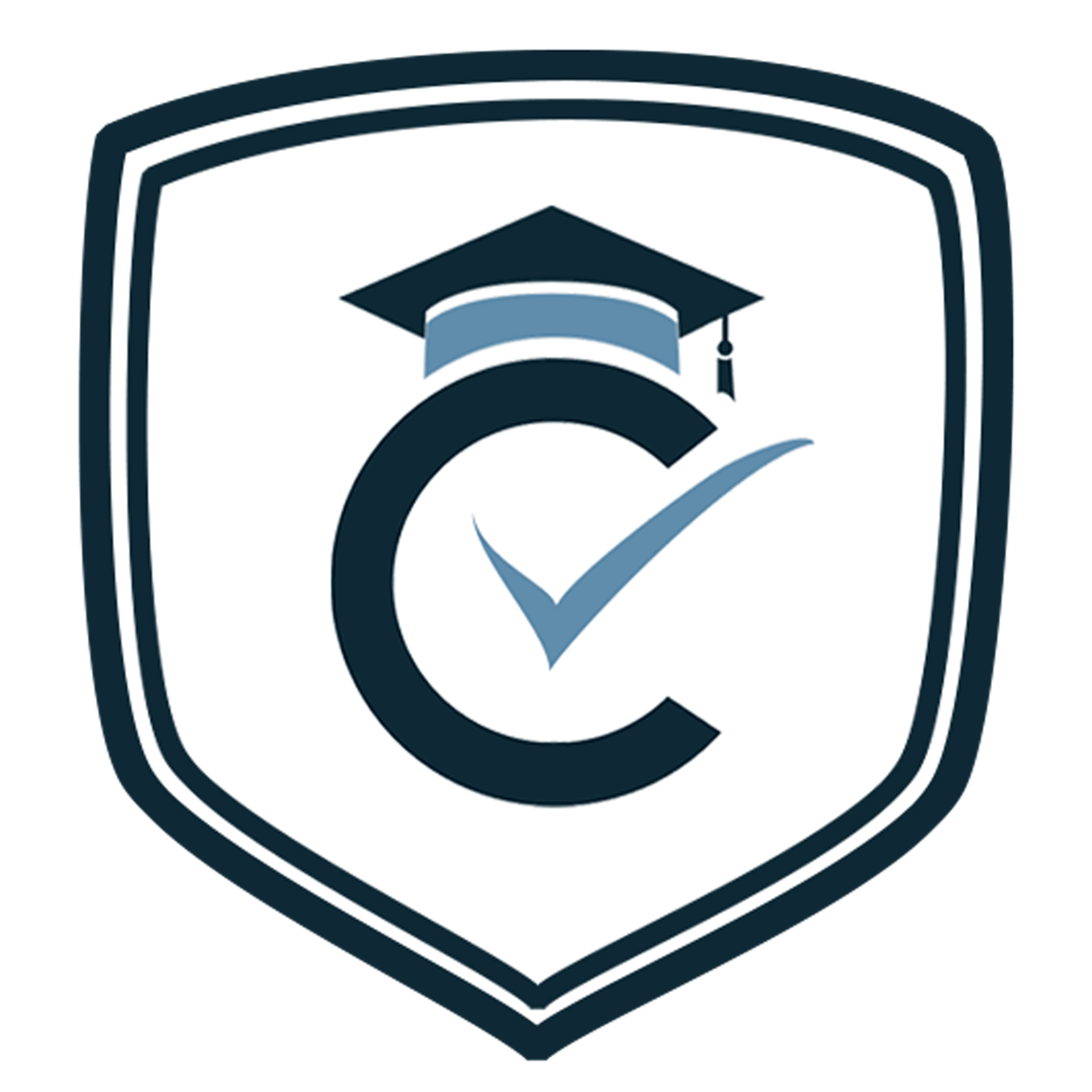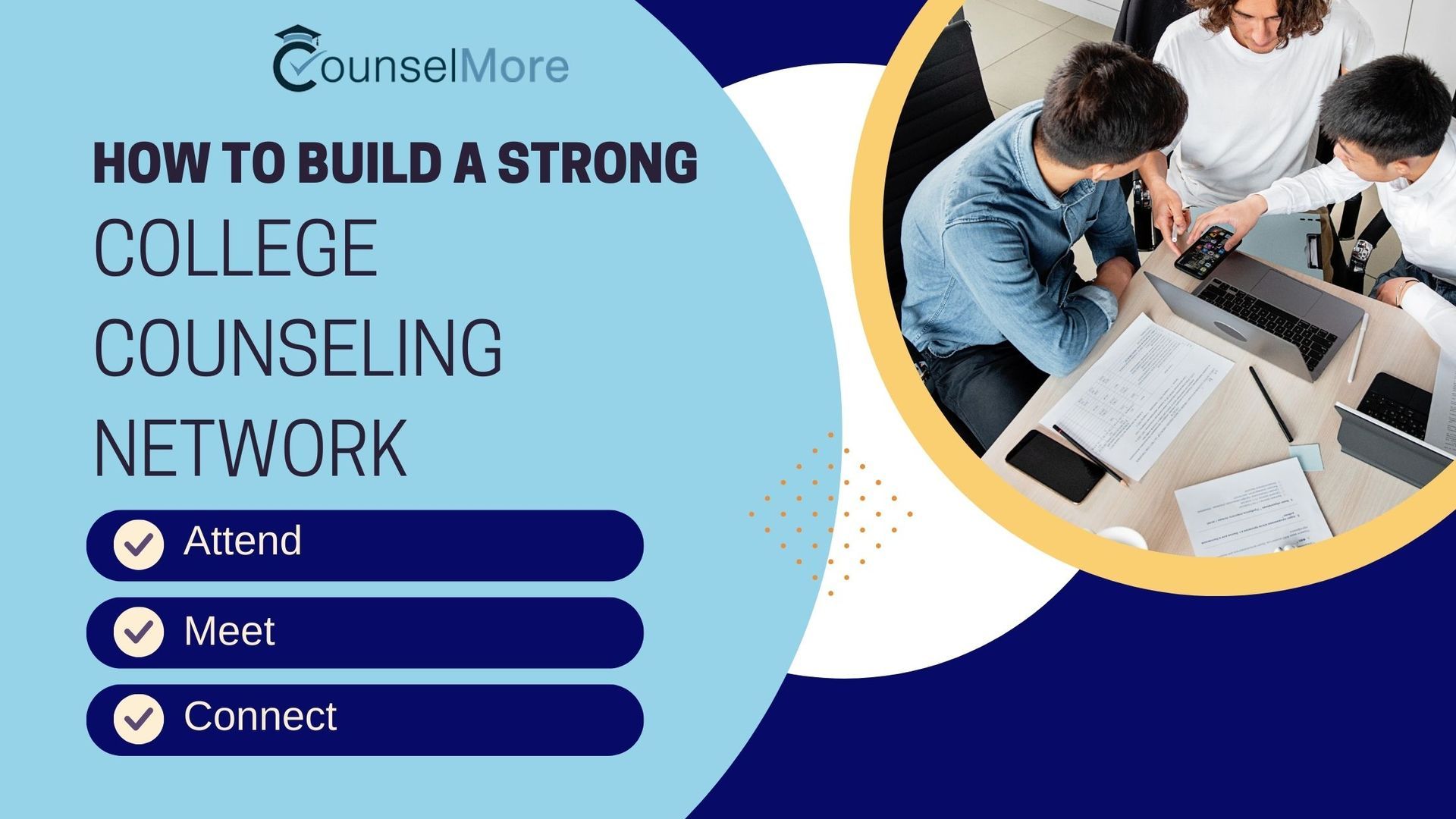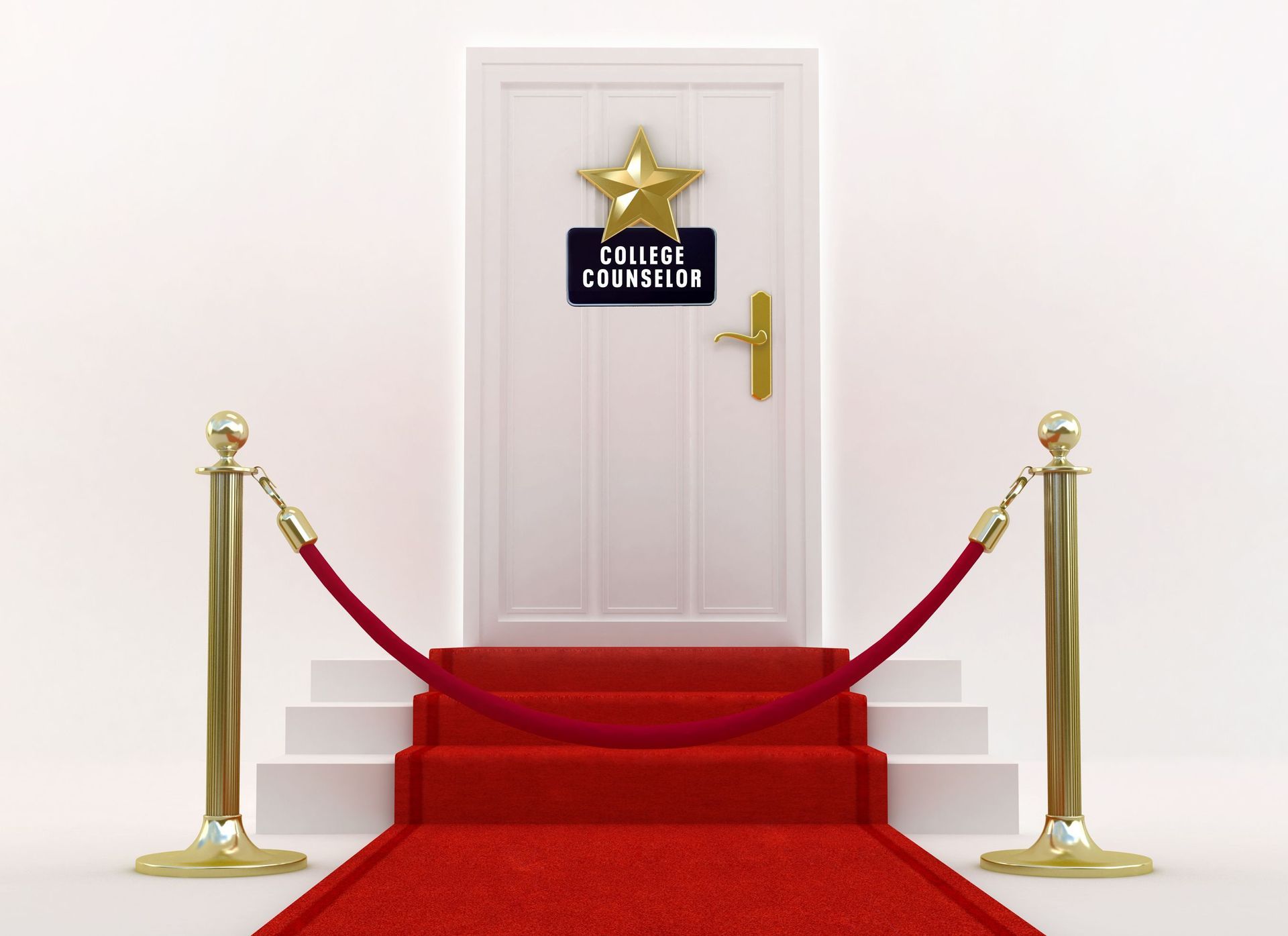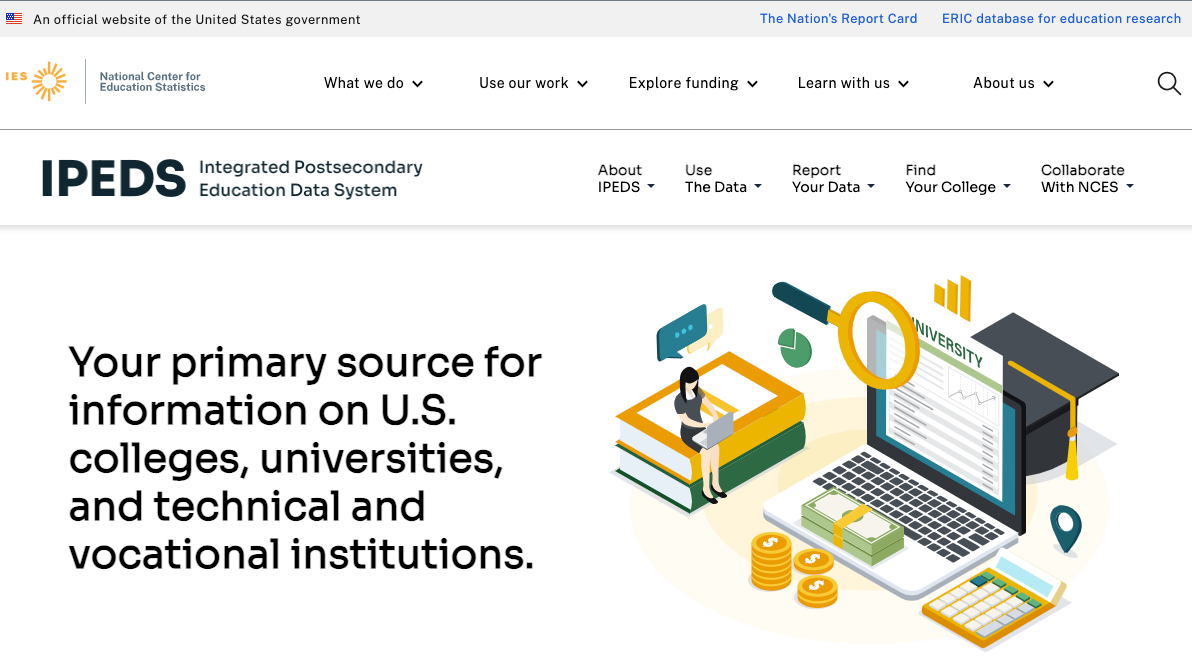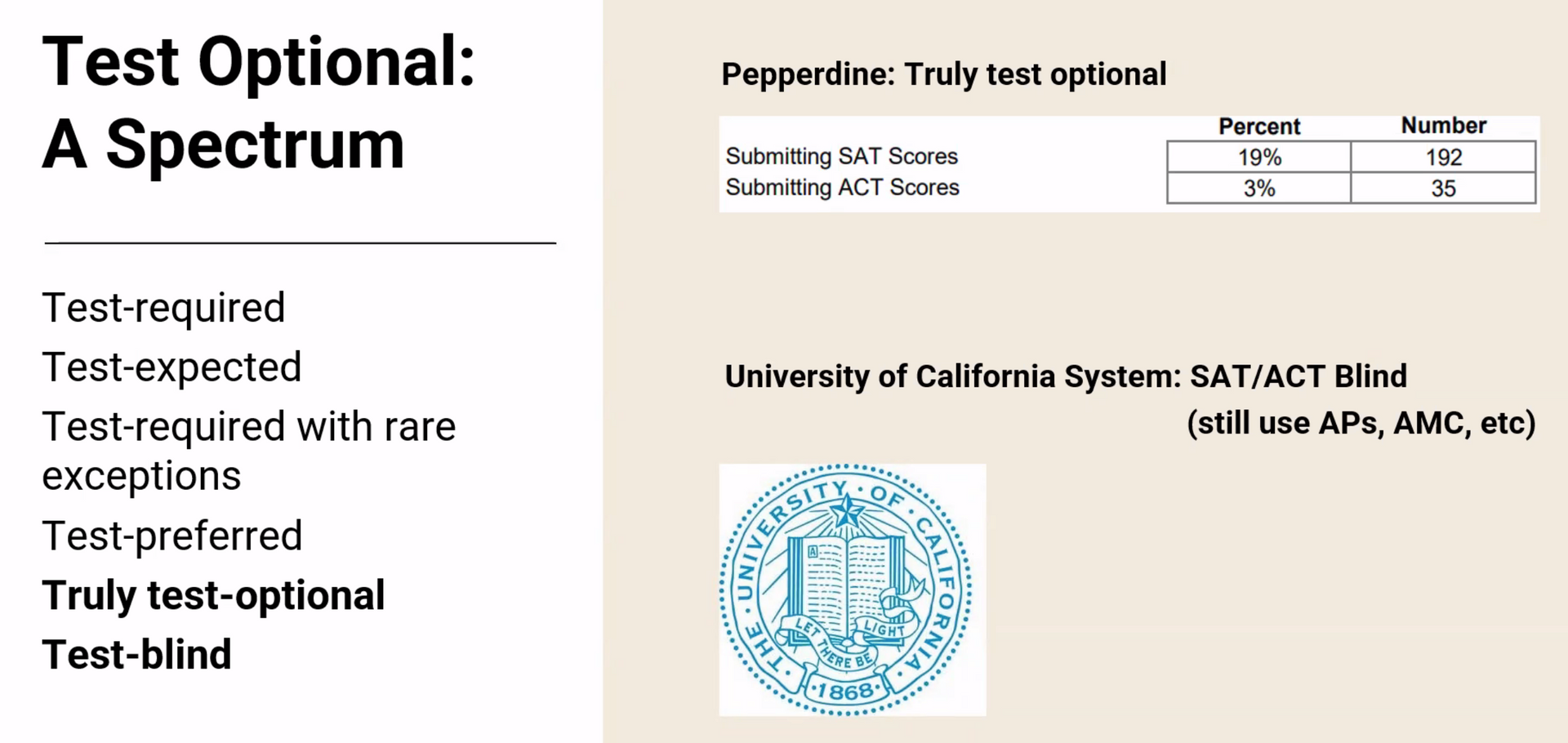Decoding the College Applicant: A College Counselor's Guide to Using High School Profiles and Unofficial Transcripts to Evaluate Candidate Potential

Decoding the Applicant: A College Counselor's Guide to Using High School Profiles and Transcripts
As college counselors, we're not just helping students get into college; we're guiding them to find the best academic fit. CounselMore software, a leading advisors' resource tool, suggests asking the student and the family if the student intends to go to school with classmates who are earning As, Bs or Cs... as a gentle way of pressing into the topic of academic fit. Guiding the conversation is just part of what a college counselor does.
What is admissions looking for: A critical part of this process involves understanding the context in which a student has achieved their academic record.
This requires a deep dive into two key documents: The high school profile and the unofficial transcript.
These documents, when analyzed together, reveal a student’s academic journey in light of the resources available to them. This post will serve as an instruction manual for college counselors, especially those new to the role, on how to use these tools for comprehensive candidate evaluation.
If these kinds of topics are of interest to you, consider checking out the live webinars that engage these professional conversations on a weekly basis.
CounselMore Mentor Circles
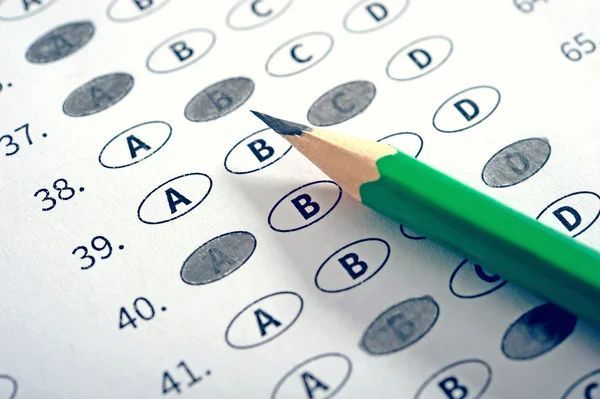
Why the High School Profile Matters
The high school profile is a comprehensive document that provides crucial context for evaluating a student's transcript.
The high school profile a snapshot of the school itself, offering insights into its academic environment, student body, and available resources.
The high school profile is the backdrop to the transcript, and it is essential to understanding the student’s educational experience in context - with an impartial lens.
Where to Find the high school profile:
- The high school profile is typically available on the school’s website. If not readily available, ask the student to contact the school’s counseling office directly.
- Counselors should be sensitive to their stakeholders' internal high school processes. Read more about how independents can enhance good communications with high school counseling offices later in the blog.
What does the high school profile Include: A typical high school profile contains:
- The school's mission statement and contact information.
- CEEB code (College Entrance Examination Board code).
- A list of required courses and available curriculum.
- The number of Advanced Placement (AP) and International Baccalaureate (IB) courses and other degrees and certificates offered.
- Information about honors courses.
- The average GPA of the student body and the school's grading scale.
- Student demographics.
- A list of colleges where graduates have enrolled, or other post-graduation plans.
- Notable alumni may be listed.

If the school follows a unique semester structure—such as block scheduling or a trimester system—or offers distinctive programs, philosophies, or extracurricular opportunities, these details will typically be included in the high school profile. Counselors should consult this profile when utilizing the Additional Information section of applications to highlight and explain these unique features.
How to Read the High School Profile
A high school profile is more than just a collection of facts. It is a lens through which you will understand the student’s transcript. As a college counselor, your goal is to understand the opportunities available to the student.

Course Rigor:
- What is the highest level of math, science, English, and social studies classes available?
- How many AP, IB, or dual enrollment classes are offered?
- Note if the school offers honors courses or specialized programs.
Grading System:
- What is the grading scale?
- Is there a weighted GPA?
- How does the school’s GPA system compare to others you are familiar with? This information is key to understanding a student’s GPA.
Resources:
- What resources are available to students?
- Are there academic support centers, tutoring programs, or specialized career and technical education programs.
- It is critical to know if those programs are paid or included in the cost of tuition.
- When it comes to decoding the resources listed on the high school profile, it is worth looking at the surrounding area and the socioeconomic status of the average student at the school.
Student Body:
- What is the school’s diversity?
- How large is the student body?
- Understanding the makeup of the student body helps understand the individual context for the student.
Post-Graduation Data:
- What are the typical post-graduation pathways for students? This can offer insights into the school’s emphasis on higher education and if there are existing pathways to post-grad opportunities.
- Notable alumni may be listed.
The Unofficial High School Transcript: A Student's Academic Story
The unofficial high school transcript is what the college counselor will ask for when services commence. This is a detailed record of a student's academic performance.
It is the record of the courses the student took, grades earned, and the student’s cumulative GPA. The unofficial transcript, is just that, a copy of the student's academic record, without a formal seal, sent from the high school.
The unofficial transcript can be shared by the student, or, it may be downloaded from the student’s school web portal. It is a key document in understanding a student’s academic history.
Confidentiality Warning:
Academic records are protected documents, and it is crucial for counselors to handle them with the utmost confidentiality and care. Any information shared by students must be safeguarded in compliance with privacy standards and ethical practices.
How to Obtain a Copy of the Unofficial High School Transcript:
- Students should obtain an updated unofficial transcript after each semester, quarter, or term.
- Students can download their transcript from the high school website, or ask their high school for a copy.
- At times this request can incur fees. It is important that the student stresses that the record request is unofficial, this may avoid unnecessary fees.
What it Includes in the unofficial high school transcript:
- A typical unofficial transcript includes the student’s:
- Courses taken each term/year.
- Grades in each course.
- Cumulative GPA, both weighted and unweighted.
- Any transfer credits.
It’s important to understand that any course listed on a high school transcript signifies that the school is formally recognizing it as credit toward high school graduation.
If a student is enrolled in a community college course that is not reported to their high school, they should inform the high school and verify whether the course can be included on their transcript.
As the high school holds final authority over the academic transcript, any questions or concerns should be directed to the school. It is essential to address and correct any inaccuracies without delay.
After completing the community college course, the student should also obtain an official transcript directly from the college or university. This step ensures accurate documentation of earned credits for both high school and future college records.
Evaluating the Student's unofficial High School Transcript Against the High School Profile
The real power of these documents comes from analyzing them side-by-side.
When we asked
"What is admissions looking for, Margaret Rothe, private college counselor responded;
College admissions committees ask one key question: "In light of the resources and opportunities available, what did the student accomplish?"
College counselors must also ask this critical question through an impartial lens during the college readiness process to ensure effective profile management and accurate guidance for their students.
Compare Course Selection:
- Did the student take advantage of the most rigorous courses available to them, such as AP, IB, or honors courses?
- Compare the courses listed on the transcript to those offered in the high school profile.
- Did the student take advantage of the most rigorous courses and maintain a B grade or above?
Compare Academic Performance:
- Is the student's GPA consistent with the school’s average?
- If a student’s GPA is higher than the average GPA, then the student was able to keep up with the academics.
- The student may have taken advantage of the resources available to them and kept up the academics.
Evaluate Access to Resources:
- Were there any courses or programs listed in the high school profile that were not available to the student?
- Budgets can change making some courses not available every year.
- Some schools have prerequisites or minimum GPA requirements for course entry.
- Did any of these policies preclude the student from taking any of the courses?
Review the courses listed on the student's profile and inquire about their decision-making process in selecting particular courses and in the pattern the courses were taken.
If any listed resources or opportunities were not utilized by the student, ask why these were not pursued.
- Additionally, identify and document any discrepancies between available resources and the student’s transcript. Use this information for in-depth discussions with the student or to provide context in application explanations.
Academic Patterns and Trends:
- Are there any patterns of course selection or academic performance? Track at grade consistency per academic area.
- This may indicate an area of strength or a challenge that needs attention.
Transcript Errors:
- Students and counselors should carefully review transcripts for any errors or omissions. Are the grades accurate? Are there any discrepancies that need to be resolved? It's critical to address these issues with the high school as they hold final authority over the academic transcript.
- When evaluating a student's academic context, it's important to consider courses taken outside of high school, such as community college classes. These types of activities are signals that the student is taking the initiative to challenge themselves and go beyond the resources provided by their high school.
- The student should inform their high school to determine if these can be recognized for high school credit and added to the transcript. Any course listed on the transcript signifies the school’s formal acceptance of it toward graduation requirements.
- Additionally, once the community college course is completed, the student should request an official transcript directly from the college or university. This ensures proper documentation of earned credits, supporting both high school graduation and future college admissions. Addressing transcript errors and external coursework early is key to maintaining accurate academic records.
Enrolling in external courses demonstrates a commitment to academic growth, a willingness to pursue more rigorous coursework, and an ability to manage responsibilities beyond the high school environment. Counselors should ensure these courses are reflected on the transcript and that they are appropriately documented, as they can be a key factor in shaping a student's academic profile for college admissions.
Using this Information in College Counseling
This information can help counselors guide the student. This evaluation will help the counselor advise the student about their college list and the narrative to create in their essays.
Identify Gaps:
- If a student did not take advantage of all the available resources, what was the reason?
- Was it a lack of information, or was there a barrier to access?
- Counselors can help students address these gaps with their essay, or, if appropriate, in the additional information section of the college application.
Highlight Achievements:
- If a student has excelled despite limited resources, their application can emphasize their resilience and determination. It also highlights their academic rigor.
Guide Course Selection:
- Advise students about their future course selections. Suggest the most challenging and appropriate courses for the student.
Inform College List:
- The information gleaned from this process can help the student make informed decisions about the type of college where they will thrive. Consider if highly competitive colleges are a fit for the student, or if a student might be better served by a college that is less competitive.
Create a Compelling Narrative:
- Use the information gleaned from this analysis to help students craft a compelling narrative that showcases their unique strengths and accomplishments in the context of their high school experience.

Practical Tips for CounselMore College Counselors
Upload to Student Portal:
- Have students upload both the high school profile and their unofficial transcript to your shared student portal / Files tab. This will allow the counselor to review and mark up the documents on their own time. Using candidate shaping tools built into CounselMore. Put application profiles against school specific requirements.
Student Collaboration:
- Review these documents with the student and ask them to reflect on their experience. This is also a great time to discuss family responsibilities, that contribute to the context of the student's academics.
Counselor Training:
- Train new counselors on how to read these documents to ensure consistency in advising across your organization. Contribute and participate in Counselor's Opinions and professional community conversations. Make colleagues aware of resources and spread the learning.
Software Integration:
- Consider using a student portal that integrates with student information systems, like CounselMore, to streamline this analysis.
Final Thoughts on the High School Transcript:
Or another reason students need college counselors...
The high school profile and unofficial transcript are not just documents, they are windows into a student's academic journey. Every journey has turning points and obstacles, how those are reflected will tell an important story to admissions.
By carefully analyzing these documents, college counselors can provide valuable guidance to their students in how they should present and make use of the information. This will enable the student to make informed decisions, and present themselves as a strong candidate who has made the most of the resources available to them. In the end, the goal is to help every student find a college where they can thrive not just be admitted.
By using this comprehensive guide, college counselors can gain a deeper understanding of their students and help them navigate the complex college admissions process effectively. This systematic approach ensures that counselors are well-equipped to advocate for their students and to help them achieve their higher education goals.
Like this article?
Join thousands of professionals in the
CounselMore community today.

